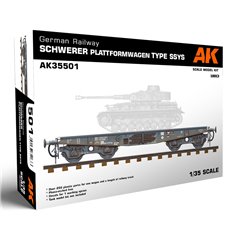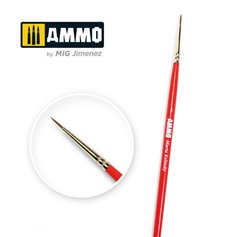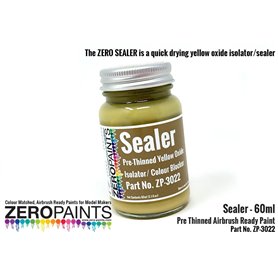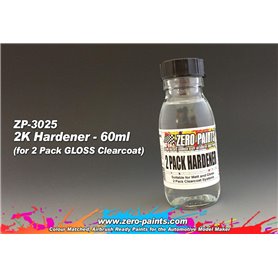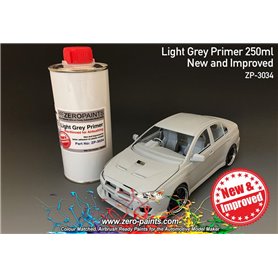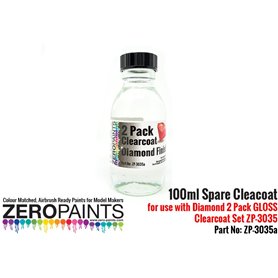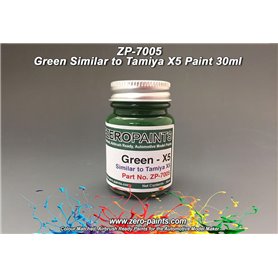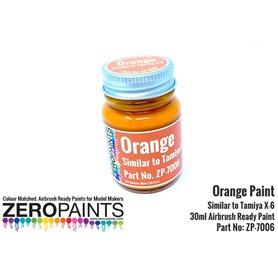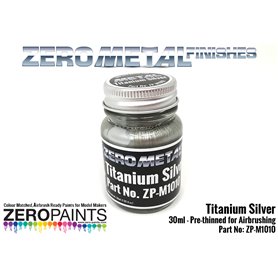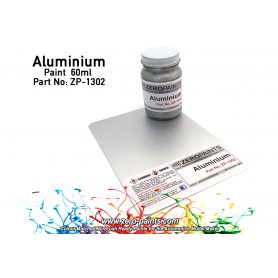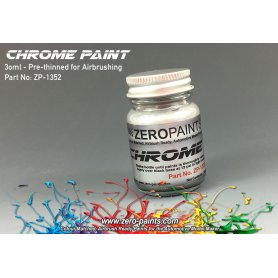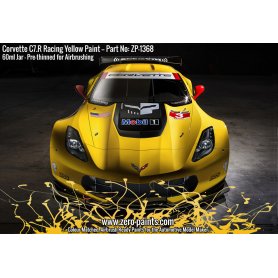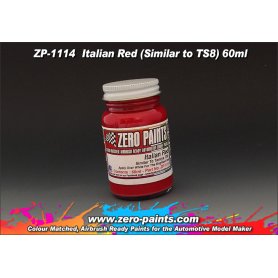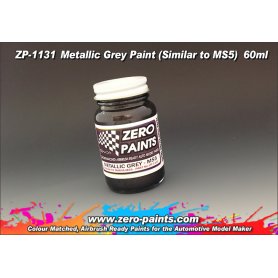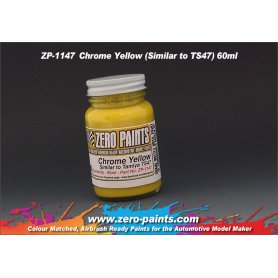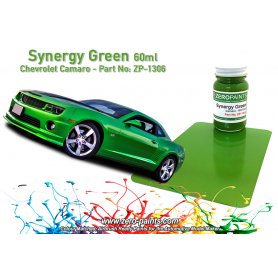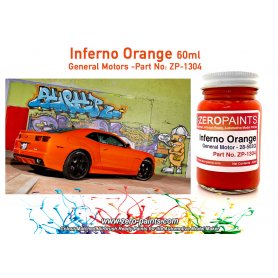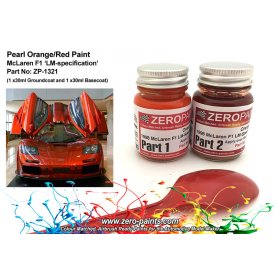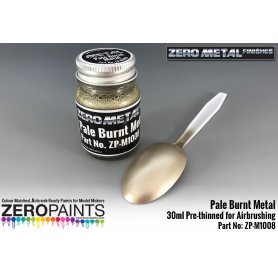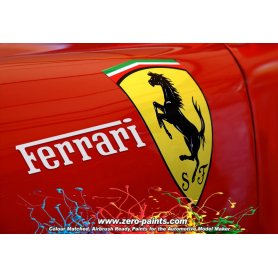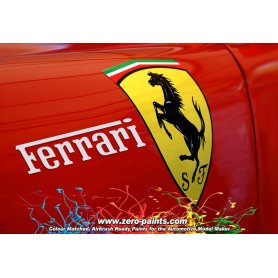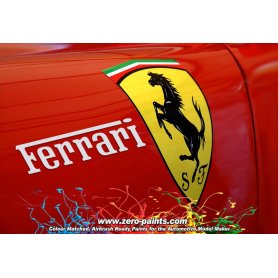Metallic paints from Zero Paints are high-quality cellulose lacquers, specially formulated for scale modeling. These are ready-to-use products, factory-thinned to the proper consistency, eliminating the need for additional thinning. They are designed for airbrush application only. Thanks to their finely ground metallic pigment, they produce an incredibly realistic and smooth finish that faithfully replicates genuine automotive paint and metal parts. The range includes colors matched to the original paints used by car and motorcycle manufacturers, which is essential for building accurate replicas.
How to Apply Zero Paints Metallic Paints?
Applying these paints requires some practice but is easy to master. Proper surface preparation is key; the model should be clean, degreased, and primed. It's best to apply Zero Paints metallics with an airbrush at low pressure, building up several thin, even coats. This prevents runs and ensures the metallic flakes lay down perfectly. Once the painted surface is completely dry (typically after 15-20 minutes), it is recommended to apply a clear coat. This will protect the delicate metallic layer from damage and provide the desired finish—matte, satin, or high gloss, depending on the chosen clear coat product.
What Are Metallic Paints Used For?
The Zero Paints metallic color range is extensive and versatile. They are perfect for painting the bodywork of scale models of civilian cars, race cars, and motorcycles. They are also indispensable for detailing other components, such as wheels, brake calipers, suspension parts, engine blocks, and frames. With these paints, you can accurately replicate the appearance of parts made from aluminum, steel, titanium, or chrome. This makes them the ideal choice for modelers who value authenticity and want their creations to look as realistic as possible.









